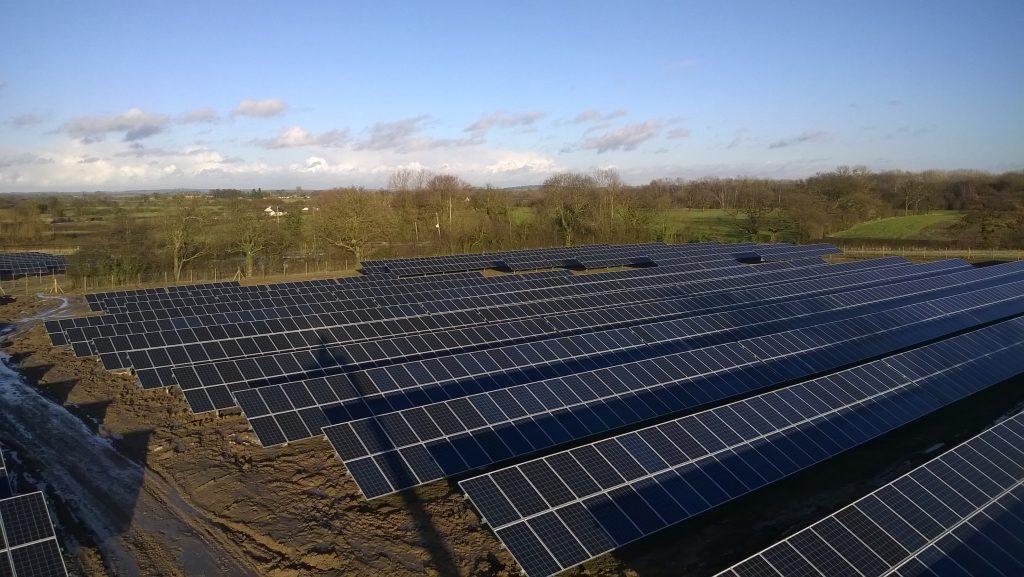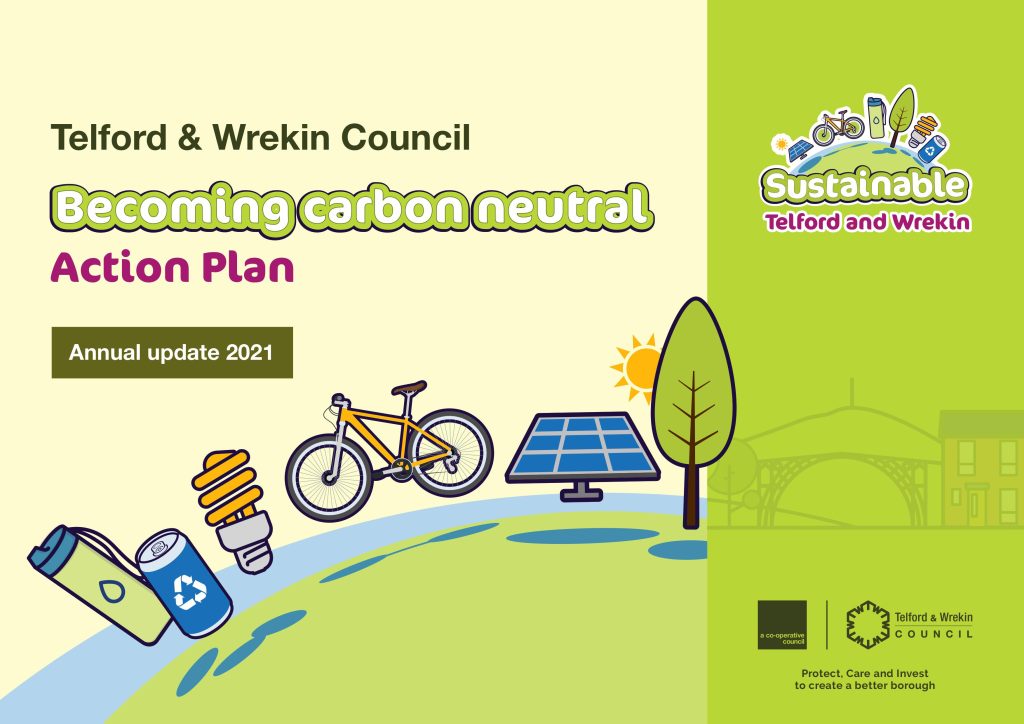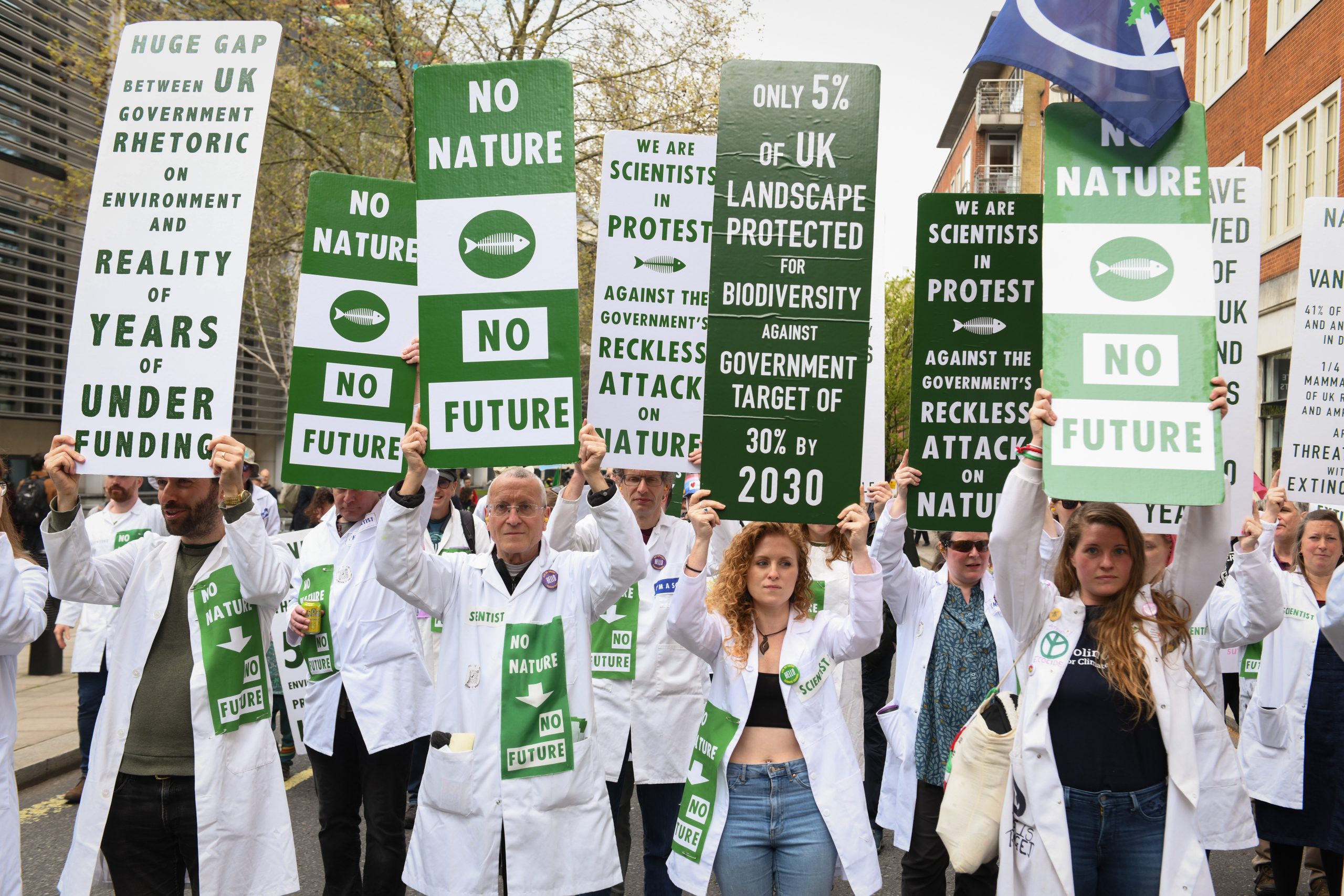Leading the Way: Positive Actions for Ecologists and Environmental Managers – by John Box and Morgan Taylor
We are making fantastic efforts professionally and personally as environmental managers and ecologists to tackle the interlinked climate emergency and biodiversity crisis. Designing, planning and implementing ways of mitigating the impacts of climate disruption and biodiversity loss and adapting to their effects.
Would you, however, be willing to go further? As ecologists and environmental managers, we can do more than most professionally and personally to act for climate justice. We must grasp the role of explaining the implications of the interlinked climate emergency and biodiversity crisis to those around us. Objectivity and a science-based approach are fundamental. The superb evidence-based reports from the International Panel on Climate Change are proof of this.
Reduce carbon emissions and waste in all activities
The most vital action we can all take is to reduce our reliance on fossil fuels and leave carbon in the ground. Switching to renewable tariffs and reducing consumption of fossil fuels are crucial; individual actions can build momentum for collective actions and societal change. Simple carbon footprint calculators can be found online to identify the main sources of CO2 emissions that you may be able to eliminate or reduce.

Solar farm owned by Telford & Wrekin Council (photo credit: Telford & Wrekin Council)
Simple actions are to drive and fly less; to cycle, walk, go by train and bus more.
We can do much with designing open space and landscape schemes, with landscaping at our offices, and with our own gardens, window boxes and allotments. Specify plants for landscape schemes that were cultivated in the UK using peat-free soils. Herbaceous perennials are better than annuals or bedding plants. Trees and shrubs can provide shade, create cool places, manage surface water and create habitat structure for a wide range of species. Above ground floral diversity means underground complexity and associated carbon capture.
“Don’t dismiss soil: its unknowable wonders could ensure the survival of our species” – George Monbiot
Consider the carbon and biodiversity footprint of food. Think of the indirect impacts of meat and dairy. We should be striving for seasonal and plant-based diets; seek out organic produce with a reduction or avoidance of meat and dairy.
Banks, building societies and pension providers will have broad environmental social and governance policies. Vote with your feet, ask questions and persist in insisting on change.
Integrate the climate emergency and biodiversity crisis into our professional work
Make your views known on projects that you are involved with that have associated climate and biodiversity impacts. Employers and clients are increasingly aware of the need to tackle the effects of climate breakdown and the losses of biodiversity.

Restoration of raised bog at Fenn’s, Whixall and Bettisfield Mosses NNR as part of a £5 million EU LIFE funded ‘Marches Mosses BogLIFE Project’ (photo credit Stephen Barlow)
What are the carbon policies of the organisations we are involved with professionally and personally? What are their current carbon emissions? What are their carbon action plans? Look for measurable, science-based commitments and evidence of action against these commitments. What measures are taken to avoid negative effects on biodiversity from their operations and activities?
Ask questions as environmental managers and ecologists. What are the alternatives to reptile or newt fencing or plastic tree guards? Do we need to drive to this site? Does our organisation have a car share policy or a car share club? Does our employer encourage and support buying an electric car? Can we avoid additional visits to the site?
Influence others and take action
The results of taking action and making changes are often surprising. There can be real power in proposing a motion at an annual general meeting of any organisation or at council and community council meetings. Your local councillors – parish or town council or local authority or community council – can be useful contacts for getting things done. Your local council is likely to have a climate and biodiversity action plan and a local network or partnership. Find out if your local parliamentary and assembly members and your local councillors support net zero and green issues. Ask for a meeting.

Carbon neutral action plan by Telford & Wrekin Council (photo credit: Telford & Wrekin Council)
Taking non-violent direct action will invite the criticism that the usual impartiality of ecologists and environmental managers and other scientists has been abandoned. We should give ourselves a mandate to take actions and make changes. Watch the excellent Channel 4 programme ‘Is it time to break the law?’ with Chris Packham who is concerned that he is not doing enough.
During his tour of Australia in October 2022, looking at the devastating effects of the torrential rains and flooding, the Archbishop of Canterbury, Justin Welby, responded to questions about climate activism and whether the church should be doing more to encourage its followers to take direct action on climate. He said: “Yes, they definitely should. An awful lot of people are.”
There is real hope that the climate emergency and biodiversity crises can be successfully tackled. Challenge yourselves, challenge your employers and question your clients. The results of taking action and making changes are often surprising. Things can be changed. We all have to do more now.
“It’s surely our responsibility to do everything within our power to create a planet that provides a home not just for us, but for all life on Earth.” – David Attenborough
Banner image: Scientists for Extinction Rebellion marching at the Big One demonstration in central London, April 2023 (photo credit: XR open source Global Media Photography archive)
About the authors

John Box FCIEEM chairs the Action 2030 working group which provides challenge and advice to CIEEM on the climate emergency and biodiversity crisis.
Contact John at: john.box@knowlebox.co.uk

Morgan Taylor MCIEEM is a Director at Greengage Environmental Ltd and leads the Biodiversity and Natural Capital teams. He specialises in integrative nature-based solutions and urban biodiversity.
Contact Morgan at: morgan.taylor@greengage-env.com
Blog posts on the CIEEM website are the views and opinions of the author(s) credited. They do not necessarily represent the views or position of CIEEM. The CIEEM blog is intended to be a space in which we publish thought-provoking and discussion-stimulating articles. If you’d like to write a blog sharing your own experiences or views, we’d love to hear from you at SophieLowe@cieem.net.
